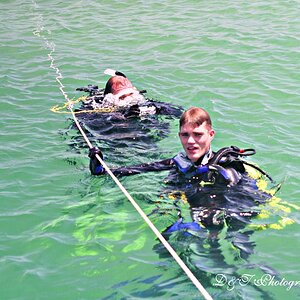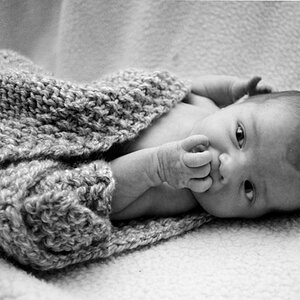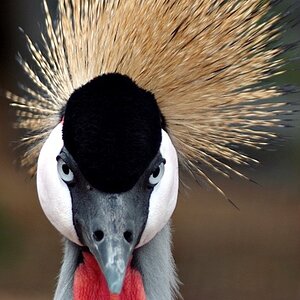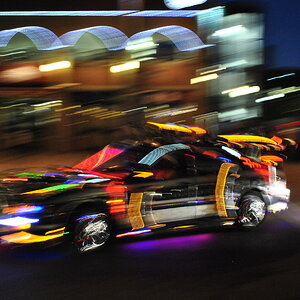Thwarp
TPF Noob!
- Joined
- Oct 18, 2017
- Messages
- 20
- Reaction score
- 1
- Can others edit my Photos
- Photos OK to edit
You can avoid the moire by using an older camera with an anti-alias screen. There was a reason cameras used to have them.
That's exactly the best way to describe the issue. Man that must seem noobish of me to use "screen bow".
By older camera, do you mean a lesser model like a Nikon D3100 or actually older in the realm of old film style?


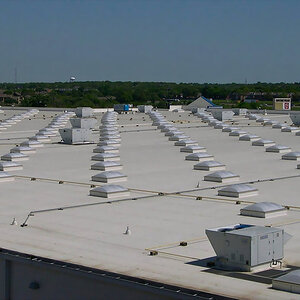

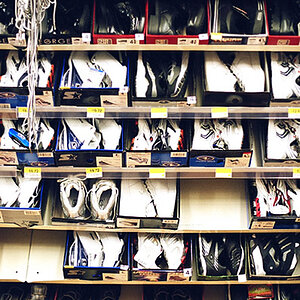
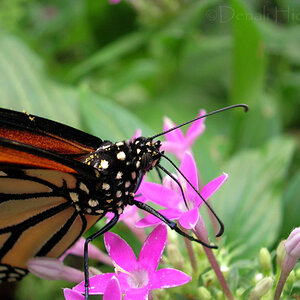
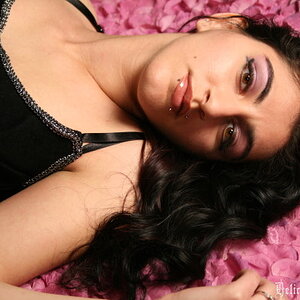

![[No title]](/data/xfmg/thumbnail/37/37490-9848752f4de5e403f7f20db193e0fb64.jpg?1619738111)

